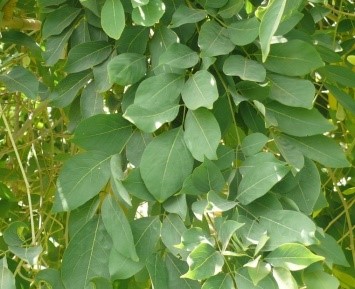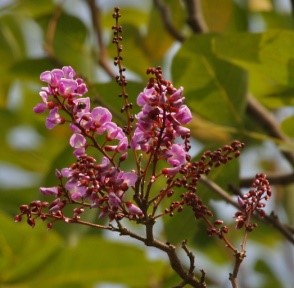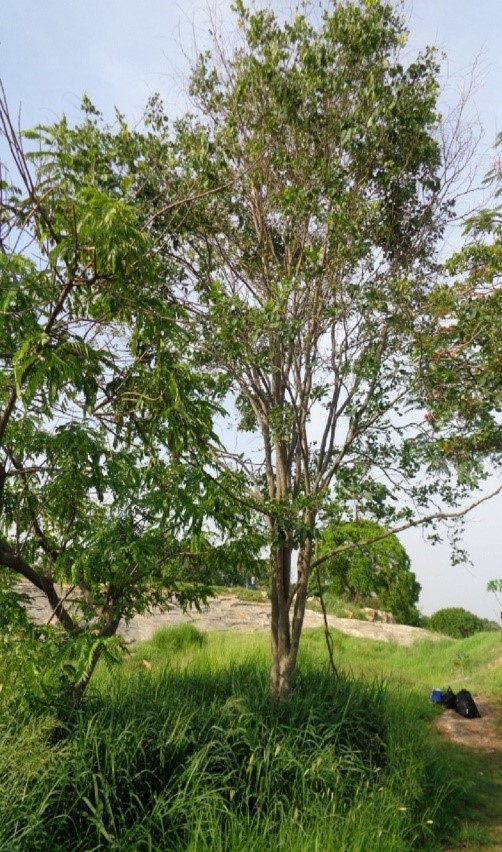Trees
Millettia ovalifolia kurz.
Millettia ovalifolia kurz.
Description :
This tree species is a synonym of Millettia peguensis Ali. This plant is a
small deciduous tree having height of 12-15m. Trunk straight and covered with
smooth grey bark. The compound leaf (5 to 7 leaflets) is about 18 to 25cm long.
Flowers are 5 to 20cm long racemes on young branchless. Flowering time is
February to April. It is mostly planted for ornamental purposes. It looks
really beautiful when in full bloom. It blooms with racemes of mauve pea-like
flowers. Leaves are pinnate and leaflets oval in shape. Fruit of this plant is linear,
and it is 6.5 to 9 cm long and about 1.5 cm broad, and fruit is glabrous to
subglabrous. The plant is a food source for the special species of caterpillar “Jamides bochus”.
Distribution :
This species is native to Lower Burma and
Siam, but it is cultivated in Pakistan and India. The tree is easily propagated
in subcontinent, but it is not very well known in tropical countries. In
Pakistan they are grown in gardens of Karachi and Lahore. It prefers to grow in
well drained soils. They are suitable for small gardens and prefers warm and
dry climate.
Uses :
This plant is mostly planted for
ornamental purposes so, there are no tall but or other uses are reported for
this plant but the common name 'Moulmein rosewood' suggests that its timber is
probably heavy, heavy and as useful as some of other rosewoods. This plant is
also used as folkloric medicine, for the treatment of different ailments like
in wound healing, boil, sores, skin diseases, snake bite, muscle aches, pains,
rheumatic arthritis, and gynecological diseases.
(GBIF, 2015)



